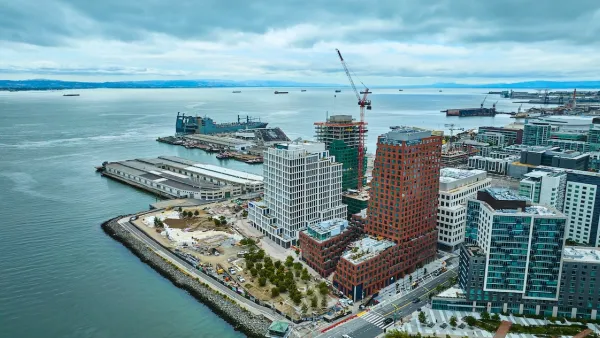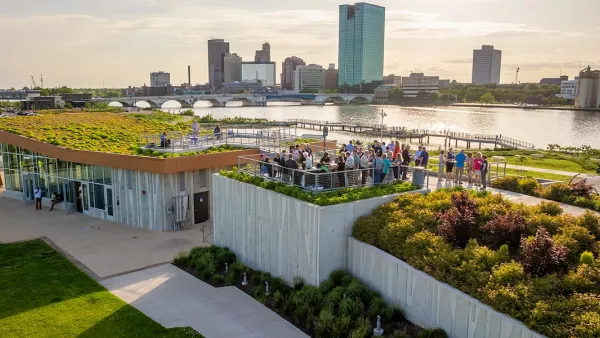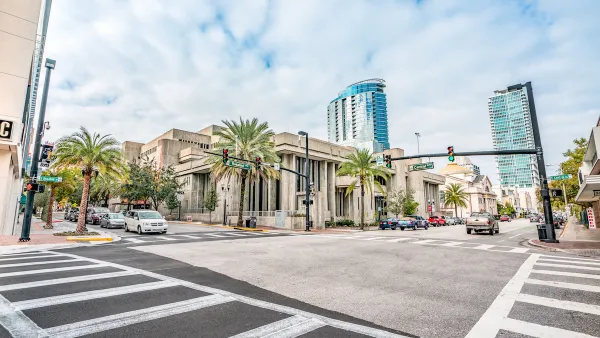Eric A. Morris takes a look at pedestrian-oriented cities with an economist's eyes.
"Seven of the 10 most walkable cities sit on large bodies of water. With a coastline checking expansion, available land had to be used more intensively. (As the map makes clear, there were considerable natural limits on San Francisco's physical growth.) Intensive land use means density, and density generally means walkability."
"Second, the walkable list is dominated by Northeastern and West Coast cities that are comparatively old, at least by American standards. Six of the 10 most walkable cities were among the 20 largest urban places in 1900. By the 1950's, these cities were largely mature; collectively, they grew only 1.5 percent in population between 1960 and 2000."
"In short, with some admittedly notable exceptions (such as the interesting case of Portland), they just don't seem to be building walkable cities any more. The tricky part is figuring out how, and whether, we can take steps to remedy this."
FULL STORY: Taking Cities in Stride

National Parks Layoffs Will Cause Communities to Lose Billions
Thousands of essential park workers were laid off this week, just before the busy spring break season.

Retro-silient?: America’s First “Eco-burb,” The Woodlands Turns 50
A master-planned community north of Houston offers lessons on green infrastructure and resilient design, but falls short of its founder’s lofty affordability and walkability goals.

Delivering for America Plan Will Downgrade Mail Service in at Least 49.5 Percent of Zip Codes
Republican and Democrat lawmakers criticize the plan for its disproportionate negative impact on rural communities.

Test News Post 1
This is a summary

Test News Headline 46
Test for the image on the front page.

Balancing Bombs and Butterflies: How the National Guard Protects a Rare Species
The National Guard at Fort Indiantown Gap uses GIS technology and land management strategies to balance military training with conservation efforts, ensuring the survival of the rare eastern regal fritillary butterfly.
Urban Design for Planners 1: Software Tools
This six-course series explores essential urban design concepts using open source software and equips planners with the tools they need to participate fully in the urban design process.
Planning for Universal Design
Learn the tools for implementing Universal Design in planning regulations.
EMC Planning Group, Inc.
Planetizen
Planetizen
Mpact (formerly Rail~Volution)
Great Falls Development Authority, Inc.
HUDs Office of Policy Development and Research
NYU Wagner Graduate School of Public Service





























